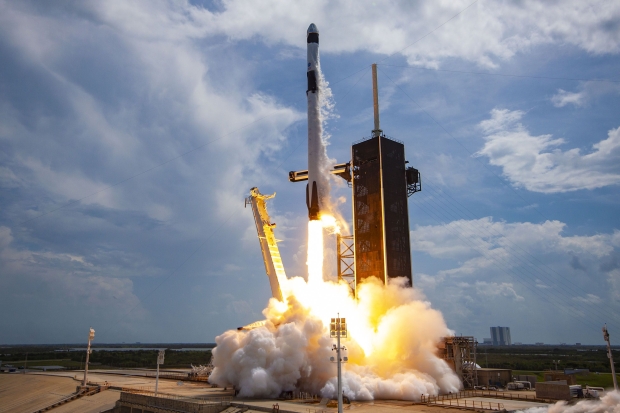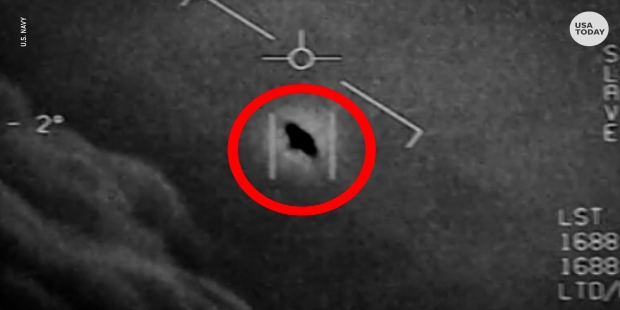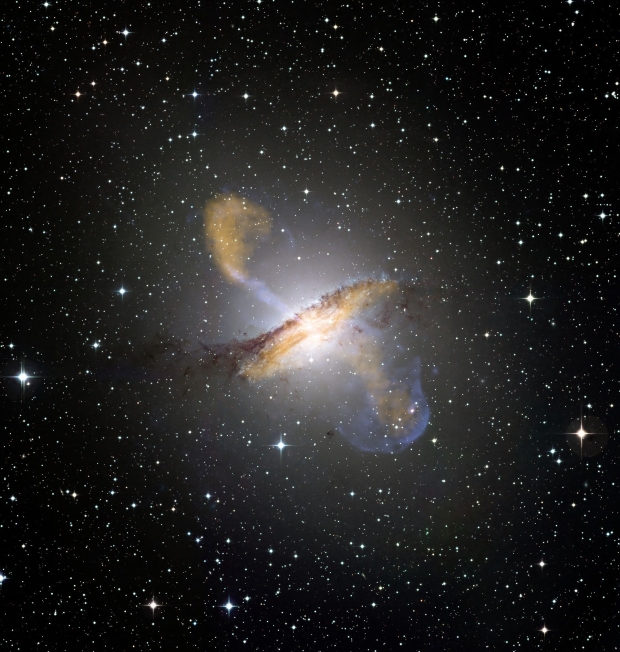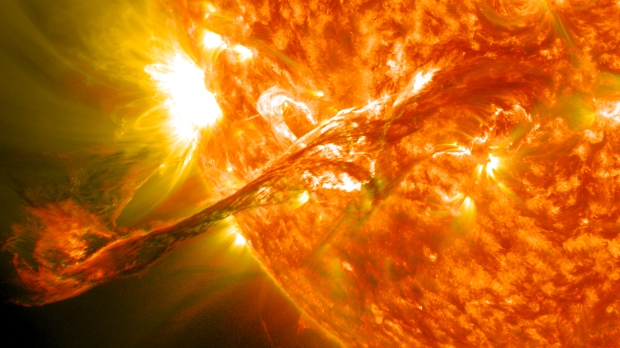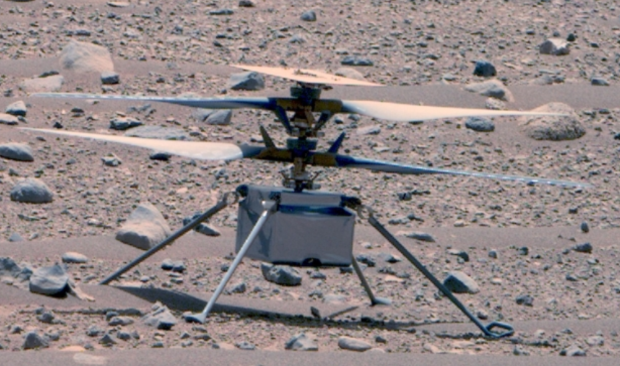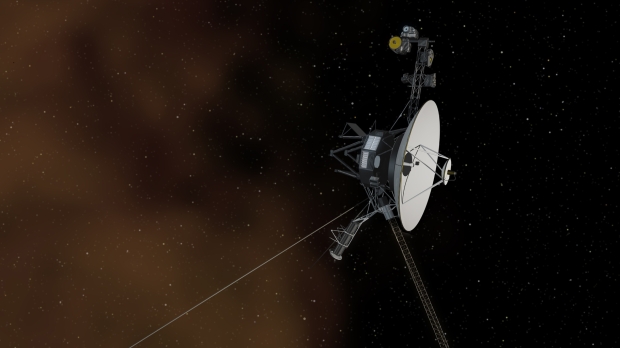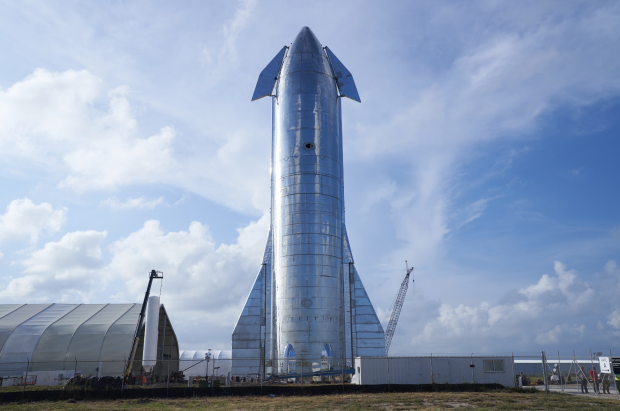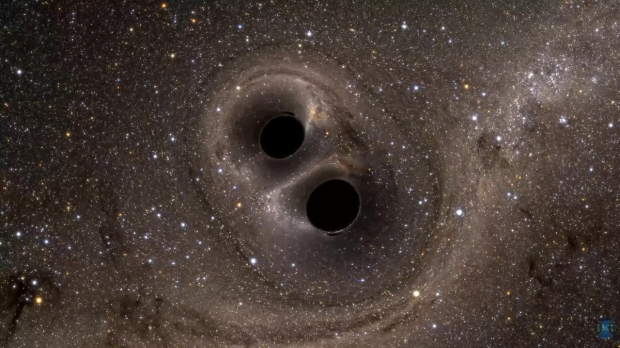Science, Space, Health & Robotics News - Page 40
SpaceX deploys 15 Starlink satellites and posts awesome video of rocket landing
SpaceX has yet another launch under its belt with its Falcon 9 workhorse rocket carrying 15 Starlink internet satellites into low Earth orbit.
The Falcon 9 rocket blasted off from California's Vanderburgh Space Force base at 11:57 PM EDT, and according to SpaceX, everything went to plan as Falcon 9's first stage landed safely back down on the drone ship called Of Course I Still Love You approximately 9.5 minutes after liftoff.
According to SpaceX's mission description, this launch marks the 5th launch and landing for this specific Falcon 9 booster. As for the Starlink satellites, they were deployed into low Earth orbit 14.5 minutes after liftoff, with the company taking to its official X account to confirm all of the satellites were successfully deployed. Additionally, SpaceX posted to its X account videos of the Falcon 9 first stage landing back on the drone ship along with a video of the launch vehicle taking off from Vanderburgh Space Force base.
Congress UFO whistleblower announces 'what I told them was the tip of the iceberg'
One of the navy pilots that sat in front of Congress to discuss the unidentified anomalous phenomena (UAP), or UFOs, has penned a new article in Newsweek explaining that what he told Congress was just the tip of the iceberg.
The former Navy fighter pilot Ryan Graves explains in the new article that nine years ago, his F-18 squadron was operating off the coast of Virginia Beach when they observed and tracked UFOs that had infiltrated military airspace.
These mysterious objects had no visible propulsion or lifting surfaces but somehow remained motionless in Category 4 hurricane winds while displaying immediate forms of acceleration to supersonic speeds and being able to operate far longer than any other fighter jet under US military command.
Scientists detect first-of-its-kind signals from a wobbly black hole
In what was only a fraction of a second, scientists observed an event that may very well change our understanding of how black holes operate.
The event can be traced back to a star that's orbiting a stellar black hole, and the pair is called GRS 1915+105. So, what happened that's so special? According to reports, the star that is orbiting the black hole is slowly being eaten up by the extreme gravitational pull of the neighboring black hole. While this process is happening, some of its material fails to be consumed, causing an intense acceleration that results in a jet being shot out of the poles of the black hole.
While this event has been observed by scientists in the past, this particular instance was different. Typically, when a jet is shot out of the poles of a black hole, it's perfectly aligned with the rotation of the black hole. However, researchers observed a slight wobble in the jet's energy, similar to a spinning top, once it begins to slow down. This wobble lasted 0.2 seconds, and researchers suspect it was caused by the black hole's rotation not being aligned with its accretion disk, the disk of matter orbiting the black hole.
Continue reading: Scientists detect first-of-its-kind signals from a wobbly black hole (full post)
Massive Sun eruption bathes the Earth, Moon and Mars in radiation simultaneously
Officials have detected a massive outburst of solar plasma being injected from the Sun, and the radiation from this outburst has washed over Mars, Earth, and the Moon.
Human-devised instruments on all three of the aforementioned bodies detected the event almost simultaneously, in what LiveScience reports as the "first time" such an event has been measured at the same time.
The European Space Agency's ExoMars Trace Gas Orbiter (TGO), along with NASA's Curiosity Rover, detected the spike in charged particles hitting the Martian atmosphere. As for the Moon, the Chinese National Space Administration's Chang'e-4 rover and NASA's Lunar Reconnaissance Orbiter (LRO) detected the Sun's outburst.
NASA confirms helicopter flight on the surface of the Red Planet
NASA's Jet Propulsion Laboratory has announced two new flights of a helicopter on the surface of the Red Planet.
That helicopter is none other than the Ingenuity helicopter that arrived on the surface of the Red Planet with its companion Mars Rover called Perseverance. Perseverance and Ingenuity touched down in the Jezero crater in February 2021, and since then, both the rover and the helicopter have been exploring the surface of Mars for any signs of microbial life.
It was only recently that NASA lost connection with Ingenuity after its 52nd flight as the helicopter flew too far away from its companion rover, temporarily severing the connection that was later re-established when the rover caught up to the small helicopter. Three months later, Ingenuity executed its 53rd flight, which, according to NASA, occurred on July 22 and saw the helicopter fly 468 feet horizontally at a maximum altitude of 16 feet. The flight lasted 74.9 seconds, and Ingenuity reached a maximum speed of 5.6 mph.
Continue reading: NASA confirms helicopter flight on the surface of the Red Planet (full post)
NASA confirms its 'interstellar shout' put it back into contact with Voyager 2
Nasa has announced that it successfully got into contact with Voyager 2, a historic spacecraft that is located 12.3 billion miles away from Earth.
Voyager 2 was originally launched in 1977 to explore the outer planets of the solar system. With the primary mission completed, the spacecraft went on to reach interstellar space, becoming one of the furthest human-made objects ever sent into the void. The problems began when NASA sent a command to Voyager 2 that moved its antenna 2 degrees away from Earth, severing connection with the planet.
Nasa quickly sprung into action after this command altered Voyager 2 antenna by sending out and receiving as many radio frequencies from the region of space Voyager 2 is located. NASA announced on Friday that its Jet Propulsion Laboratory (JPL) had succeeded in a long-shot effort to send the correct instructions to Voyager 2.
Elon Musk drops update on Starship's next flight and chances of it reaching orbit
Fans of space will rejoice at Elon Musk's newest update on the next Starship flight, with the SpaceX CEO also giving a probability of reaching orbital velocity.
The last time we heard about Starship's next orbital flight was last month when Elon Musk sat down with Zuby for a podcast where he discussed various topics over the course of an hour. At the top of the podcast, Musk said he just flew in from Starbase, Texas, where he and the SpaceX team were hard at work on the construction of the next Starship launch vehicle.
For those that are out of the news loop when it comes to space launches, you may have heard of Elon Musk's rocket that exploded mid-air during its first launch attempt - that rocket was Starship. Now, Elon Musk is taken to his X account to share an image of Starship undergoing a chill and spin of the Raptor Engine pumps in an advanced static fire test. The captions of the image says that Starship is preparing for its next flight and that SpaceX has a greater than ~50% probability of reaching orbital velocity.
NASA's Webb captures stunning photos of iconic space object never seen like this before
The Ring Nebula, scientifically referred to as Messier 57, or M57 for short, has been captured by the extremely impressive instruments attached to the James Webb Space Telescope (JWST).
The Ring Nebula is located 2,200 light-years away from Earth and resides in the constellation Lyra. The planetary nebula was created from the catastrophic destruction of a star, quite a classic event that happens in space, and due to its massive size, Messier 57 has become a prime target for astronomers as the planetary nebula can even be seen from an amateur astronomers backyard.
Webb's ability to capture the universe in high-detail infrared has unlocked a unique perspective of M57 that even adept astronomers aren't used to seeing. At the center of the Ring Nebula is a white dwarf star, the remnants of the star that exploded and what could be a glimpse into the future of our Sun.
NASA observatory discovers four colliding black holes for the first time
For the first time ever, a group of astronomers has identified black hole's on a collision course within a dwarf galaxy, a scientific observation that was yet to be achieved until now.
As detailed in a February press release, a group of astronomers using NASA's Chandra X-ray Observatory identified two separate pairs of black holes and published their results in a study added to The Astrophysical Journal. The astronomers explain that dwarf galaxies on a set course to collide are expected to form a larger galaxy once the merger is complete. As for the black holes, the press release states that as gas is pulled toward the giant black holes within each of the dwarf galaxies, they grow in size.
Eventually, the black holes within each of those galaxies will grow and collide with opposing dwarf galaxies, forming an even greater black hole. Why is this important? Researchers believe studying dwarf galaxies unlocks more knowledge about the early stages of the universe, specifically several hundred million years after the Big Bang. The press release explains that scientists think that in the early stages of the universe, dwarf galaxies were in abundance, which, after millions of years, eventually collided together to form the galaxies we are observing today.
Scientists watch in amazement as cracked metal heals itself back together
Researchers have, for the very first time, watched cracked pieces of metal fusing back together without any human intervention.
The newly discovered phenomenon could revolutionize engineering if it can be harnessed correctly, and according to the researchers that watched the event, it was "absolutely stunning to watch". The team behind the study is from Sandia National Laboratories and Texas A&M University, and according to the paper published in the journal Nature, the team has confirmed that metals "have their own intrinsic, natural ability to heal themselves, at least in the case of fatigue damage at the nanoscale."
Machines experiencing repeated stress eventually break through microscopic cracks that eventually become bigger and bigger. These small cracks can appear in various types of engineering, from vehicle engines, to bridges, to solder joints within electronic devices. All of these metals can break unexpectedly, which can lead to an eventual failure of the entire device/structure/creation. However, an experiment done at the nanoscale has proven that these microscopic cracks can heal, or at least they can within a vacuum.


